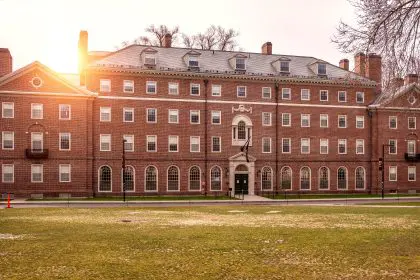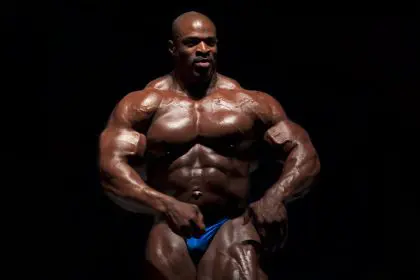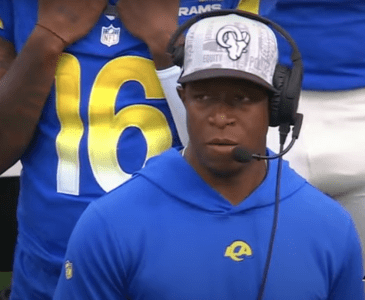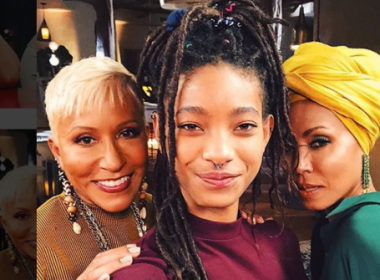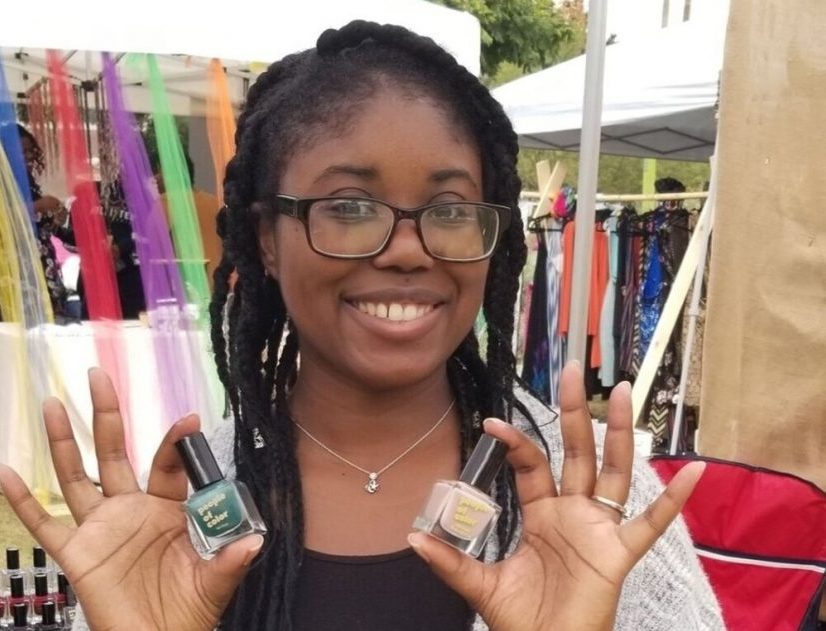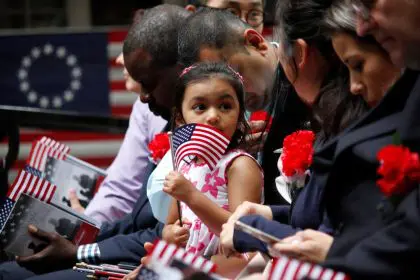
(Photo Credit: Diego G Diaz)
With most of the legal challenges resolved after the violent Unite the Right rally, and the statue of Robert E. Lee removed from its lofty pedestal in downtown Charlottesville, Virginia, local lawmakers in December 2021 voted to do the unimaginable – donate the statue to the local Jefferson School African American Heritage Center.
In turn, the nonprofit cultural group quickly announced its plan to melt down the bronze statue and use it as raw material for a new public artwork. What the group plans to build is still an open question, but it clearly will not be another statue honoring the Lost Cause of the Confederacy, the idea that slavery was a benevolent institution and the Confederate cause was just.
As part of America’s reckoning with its oppressive past, Charlottesville and the rest of the nation face the question of not just which statues and other images should be taken down, but what else – if anything – should be put up in their place.
Statues of Black Americans – and, more importantly, their absence – are an often overlooked barometer of racial progress, hidden in plain sight. Despite their silence, statues are active portraits that can reinforce the value and visibility of Black Americans. The lack of Black statues sends a clear message of exclusion.
For its part, the Jefferson School African American Heritage Center wants to be not only more inclusive in the decision-making involved in determining the future of the Lee statue, but also transformative.
Continue reading on the next page.



